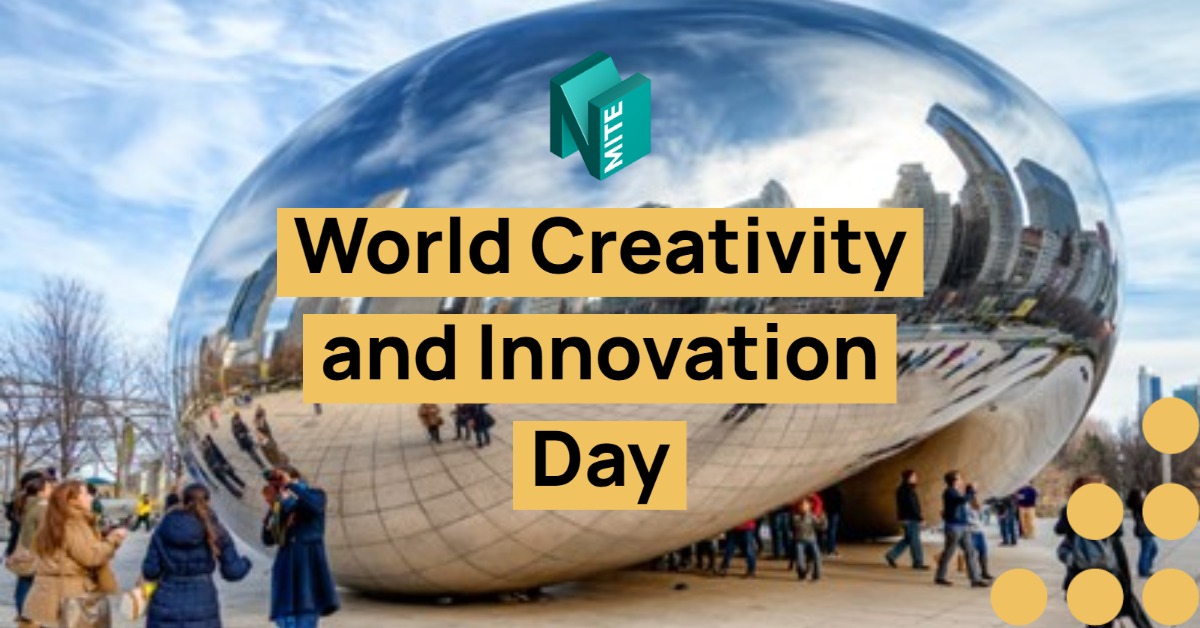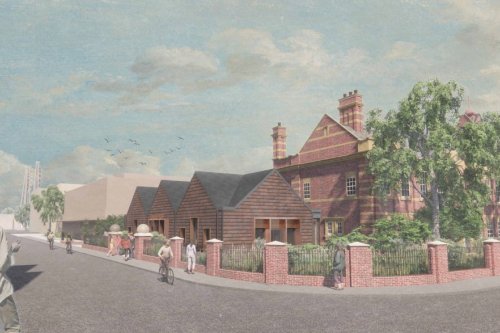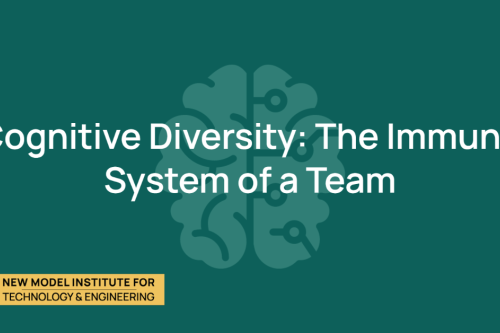
NMITE Honorary Professor, Peter Goodhew, writes in recognition of World Creativity and Innovation Day 2021. But what do David Foster Wallace and Charles Dickens have to do with the future of engineering?
It is a truth universally acknowledged that an engineer in possession of a good degree will be creative. I offer my apologies to Jane Austen for parodying her famous satire, but I will continue in a literary vein: Very long books (and I mainly mean novels) can be read in about a month’s worth of evenings, which is the same time that an engineering module or “sprint” takes during the days at NMITE. In thinking about creativity I want to refer particularly to two long books I read this year and a very big sculpture I stood underneath last year.
The books are Bleak House, by Charles Dickens and Infinite Jest by David Foster Wallace. Dickens described the world around him with brilliant, creative, prose. He created new metaphors on every page, and he obviously invented stories, but he put them in well-observed contemporary settings. His creativity lay in how he described what he saw in his society, and he did it at length without boring his readers. There is debate about which is Dickens’ longest novel, but Bleak House is one of the contenders – for the analytically minded it depends whether you count the words, the characters or the pages.
Wallace did all this too, but you may be less familiar with his work: Infinite Jest is set in and around Boston in an imagined world a few years after 1996, when Wallace wrote it. It is not “science fiction” but it contains allusions to things which were not around in 1996 and some which are still not around in 2021 (thankfully, in many cases). Wallace’s creativity is displayed by his use of language – like Dickens – but in addition by his imagining what might happen in the future. He is concerned about what might be the consequences of the things he observes in society. He too goes on at length - a thousand pages or so - and again I was not bored.
I have expounded at length about Dickens and Wallace not just because they wrote good books, but because they show us important attributes of the creative engineer. A creative engineer, which in an ideal world would be all of them, needs to be sensitive to the world around her, not in this case to describe it beautifully but to create engineering artefacts and solve engineering problems in ways which are appropriate for society at this moment. This would be a great Dickensian engineer. But this is not enough: our engineers should also be thinking about what might happen in the years to come. Her creativity should be Wallace-like (Wallatian?). Creative engineering takes account not only of the present but also of the future. After all, most of what engineers design and make should last for decades, or at least be re-purposed so that components and materials have a long and sustainable life.
I will close with a very different example of creative and future-proofed engineering. You may have seen, or even touched, Anish Kapoor’s giant sculpture Cloud Gate in Millennium Park on the Chicago waterfront. It is a huge, shiny, reflective bean and quite awe-inspiring. Obviously, the shiny finish requires a sophisticated choice of materials and there must be a substantial hidden structure holding it all up. All good clever stuff. But now look into the future: Chicagoans expect average temperatures around -10C in January and +30C in July. These are just averages. Individual days may reach -20C in winter and close to 40C in summer. Kapoor’s sculpture has to remain the same shape, without buckling or tearing, while its (largely steel) support structure cycles through a range of 60C, expanding and contracting every day. If you do the sums, you will find that the sculpture could vary in height by as much as a metre over the year, and as much as half a meter from midnight to midday. It takes a creative engineer to design that structure!
An NMITE engineer would surely be able to.






